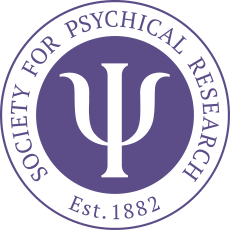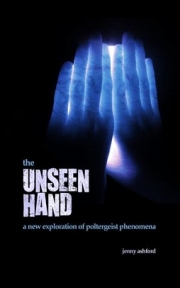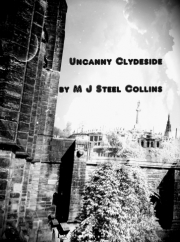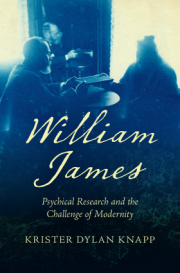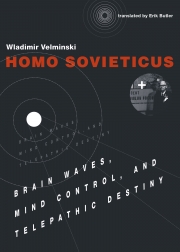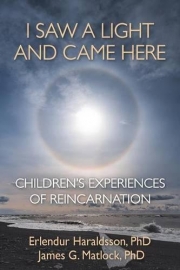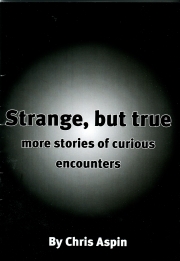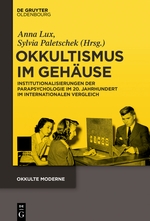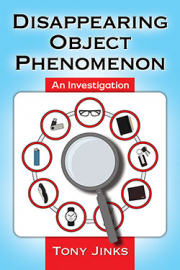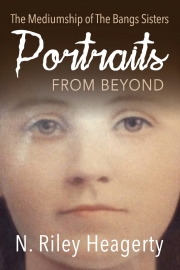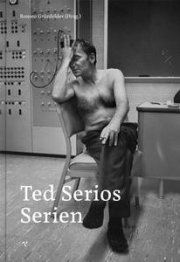From the author's website: Rapping on the walls. Mysterious rains of stones. Furniture moving around by itself. Phantom voices. Unexplained fires. Invisible assaults. The symptoms of poltergeist activity are well known, but what is a poltergeist, really? Is it some type of demon, or an angry spirit whose only mission is to cause mischief and destruction? Is it the unconscious energy of a troubled living person, somehow affecting the environment from a distance? Or could it all be simply fraud or misidentification? In this comprehensive book, well over one hundred cases of poltergeist activity, from the first century to the present day, are summarized and examined. All the best-known cases are presented, from Borley Rectory to the Bell Witch, from the Great Amherst Mystery to Gef the Talking Mongoose, from Rosenheim to Tina Resch, from Enfield to the Entity. A large selection of fascinating and lesser-known accounts from all over the world are also included, and all contain testimony of the most eerie and extraordinary events. The Unseen Hand is the ultimate, one-stop shop for readers interested in poltergeist disturbances throughout history and the theories behind what causes them.
Jenny Ashford is a horror and paranormal writer. Her books include three paranormal nonfiction books: House of Fire and Whispers: Investigating the Seattle Demon House, and The Rochdale Poltergeist (both with parapsychologist Steve Mera), and The Mammoth Mountain Poltergeist (with poltergeist focus Tom Ross). She has also written three horror novels: Red Menace, Bellwether, and The Five Poisons; two short story collections, Hopeful Monsters and The Associated Villainies; and a graphic novel, The Tenebrist. Her horror blog, Goddess of Hellfire, contains writing news, short stories and articles, and her reviews and opinions on horror films and books. She also co-hosts a podcast with Tom Ross called 13 O’Clock, on which they discuss various paranormal topics, true crime, and unexplained mysteries. Find her online at www.jennyashford.com or at goddessofhellfire.com, and listen to 13 O’Clock on the Project Entertainment Network, or on YouTube at 13OClockPodcast.
